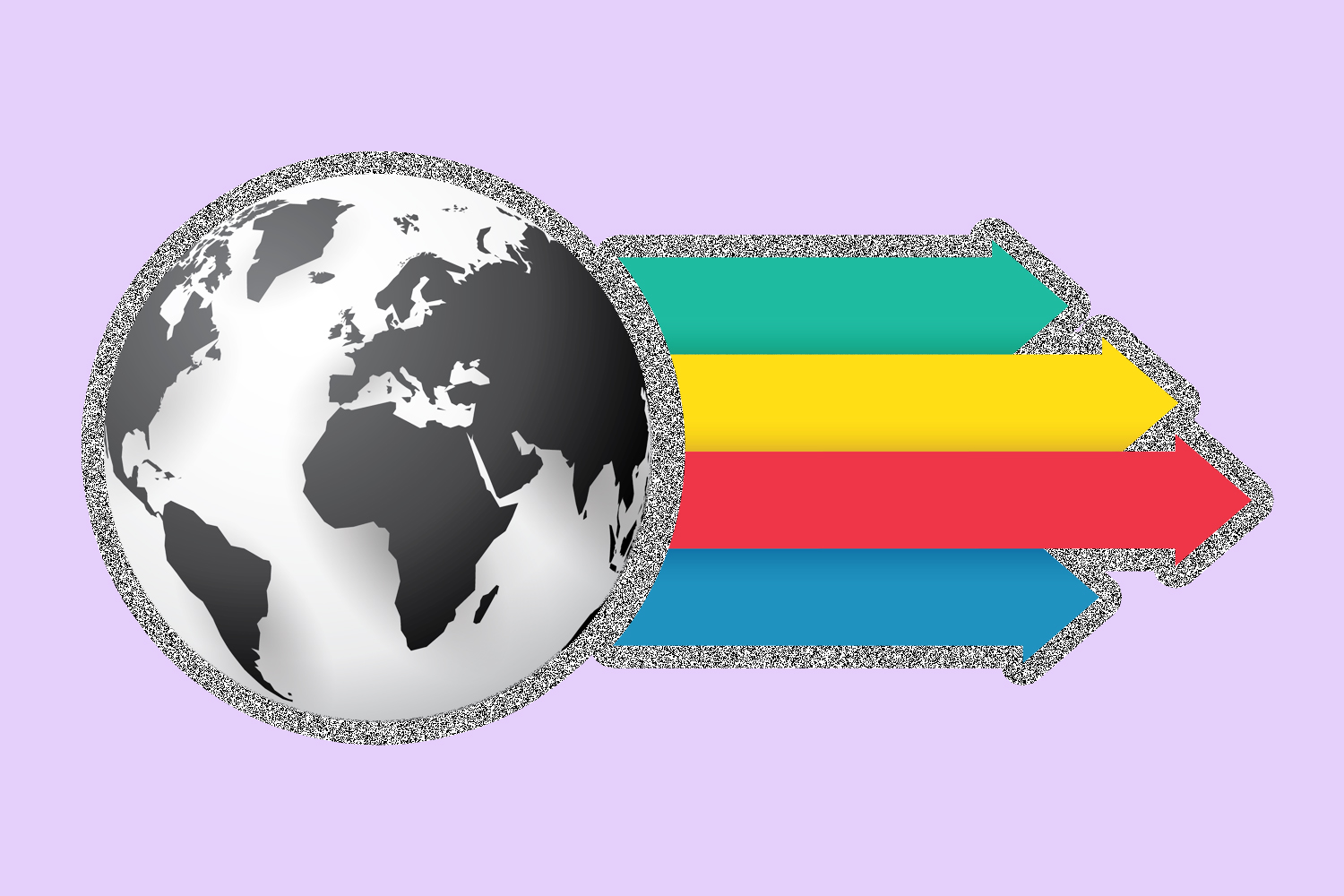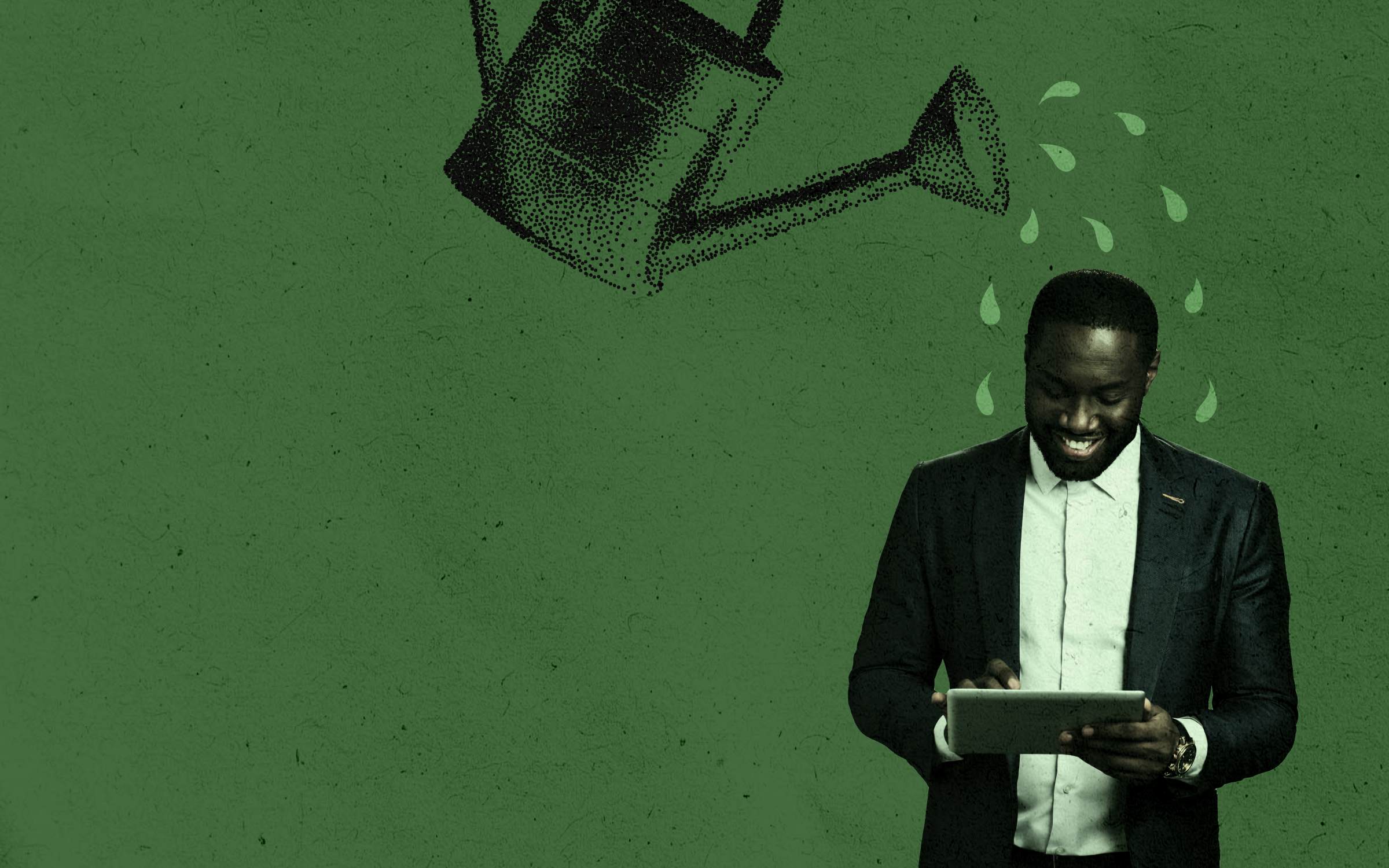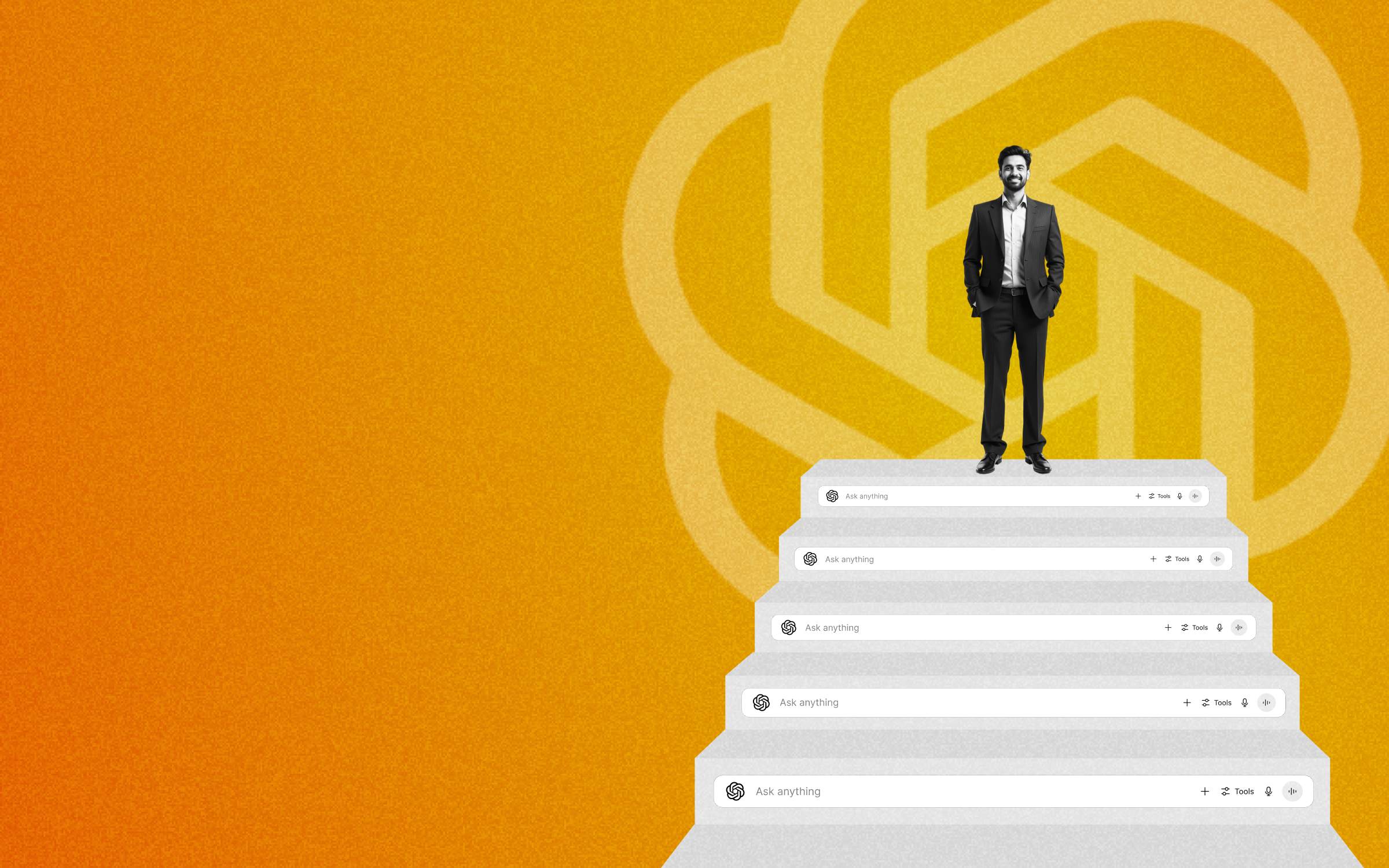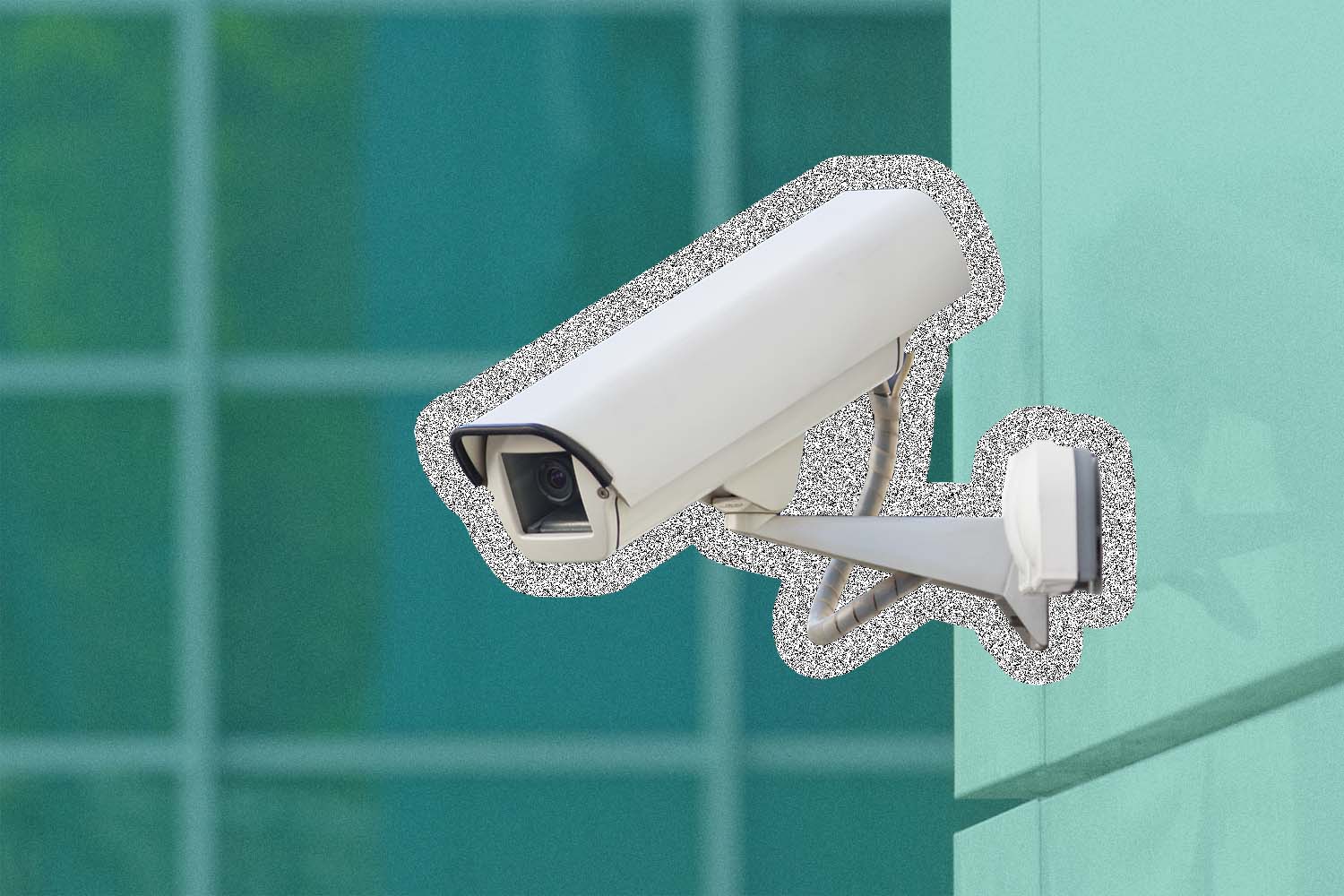As companies worry about losing workers to the Great Reshuffle, top-notch employers are investing in professional development programs to retain top talent. These savvy leaders know the secret: providing growth opportunities leads to low attrition. In 2021, a year where 47.8 million people left their jobs, 63% of those who quit cited no opportunities for advancement as the reason.
In addition to promotions and opportunities for lateral moves, mentorship and sponsorship programs can keep your employees engaged and employed at your organization. One 2019 study found that 91% of employees with an assigned mentor report being satisfied with their job. They are also more likely to report being well-paid and feel their contributions are valued, according to research from CNBC.
There’s a 50% higher retention rate for employees enrolled in mentoring programs compared to those that aren’t. If you don’t have formal mentoring or sponsorship, you’re lagging behind. Of Fortune 500 companies, 84% have mentoring programs, including all of the top 50.
See the difference between mentorship and sponsorship before creating a program that works best for your team. Then, see more for structuring your professional development programs below.
What is a Mentor?
A mentor supports an employee through advice and coaching. Mentorship can be on a peer-to-peer level or led by a senior employee. Mentorship programs meet on a consistent basis to forge relationships. A mentor is responsible for:
- Offering advice. Mentors can act as a sounding board for employees and coach them through difficult decisions.
- Providing support on career goals. Mentors can help motivate employees and offer guidance on their aspirations.
- Recommending tools for skill development. Mentors can provide resources for employees to hone their skills.
While all mentorship programs are designed to help employees grow and increase retention, additional goals of these programs will vary by organization. Some programs are designed to increase diversity in leadership positions, support employees from underrepresented groups or help with career development to fast-track employees into new roles.
“A mentorship program needs to be customized to meet the culture of the organization… It’s part of the reason why many mentorship programs don’t frequently excel,” says Derek Shields, president at ForwardWorks Consulting, LLC and a co-founder and co-chair of the Board of Advisors of the National Disability Mentoring Coalition.
The format of mentorship programs also varies widely. Some mentorship programs may meet biweekly, while others may meet once a month.
If you’re looking to see the power of mentorship in action, turn to Cox Automotive. Powered by mentorship software Chronus, the career mentoring program raised the retention rate of participants to 79% over two years (compared to the average company retention of 67%). In the process, participants’ likelihood of promotion increased by 23 percentage points compared to employees not in the program.
What is a Sponsor?
A sponsor is a senior-level employee focused on using their social capital to advocate for a more junior employee’s growth. Sponsors can be game-changers for younger or less experienced employees who need recognition from leadership to advance. Sponsorship programs meet less frequently than mentorship programs, often on a quarterly basis. A sponsor is responsible for:
- Advocating for employees. Sponsors can back a more junior employee in leadership meetings or help push them for promotions.
- Helping employees create new connections. Sponsors can introduce sponsees to other teams or senior-level employees to increase their visibility.
- Boosting the achievements of employees. Sponsors can share the achievements or progress of the person they support with others to promote their skills.
While mentors can be at any level in the organization, sponsors are more senior than the person they support. Peer-to-peer mentorship programs are common, while sponsors are always at an executive, influencer level within an organization. While mentorship programs are more formal, sponsorship doesn’t have to be. A sponsor could mention you in a leadership meeting if they’ve admired your work from afar.
The big benefit of sponsorship programs is that they enable visibility for underrepresented minorities, who often experience microaggressions in the workplace. This impacts people of color, women and employees with disabilities.
“You should really consider manager incentives to affirmatively advance people who are represented. Sponsors need a backstop and performance evaluation mechanisms which can be that supporting tool. If it’s not being measured and discussed in performance evaluations, it’s not being advanced at the same rate as other priorities,” adds Shields.
Performance evaluation mechanisms can include tying executive pay to DEI metrics to increase sponsorships and the development of underrepresented employees. You can include the sponsor/mentor relationship in an employee’s performance review or tie hours spent on sponsorships to promotions.
“The mentorship programs I’ve seen aren’t successful because they weren’t part of the cultural norms. Other priorities take first place ahead of mentoring conversation…You need to have methods to explain that mentoring time is critical and a priority,” says Steve Mollen, transformation consultant at PEAK Consulting LLC.
Building a Formal Employee Development Program
If you don’t have an employee development program set up, it’s time to get planning.
When it comes to determining which type of program your company should launch – mentorship or sponsorship program – it all depends on your goals. Formal mentorship programs tend to have a set end date, after which mentors can elect to continue their relationship in an informal capacity. A mentorship program may be a six-month-long commitment or a year-long. Meanwhile, sponsorship programs often take place continuously.
Additionally, successful mentorship programs often require mentees to pick a “stretch goal” they want to focus on during the program, whereas sponsorship is about creating exposure for underrepresented and overlooked employees.
You know your work culture and strategic goals best: It’s up to you to decide if a formal or informal program structure will work better for your employees. Do your underrepresented employees need more exposure, or do they need to improve their skill development to advance to leadership roles? Both sponsorship and mentorship programs hold value.
Today, we’re going to talk about mentorship.
Here are a few tips to start developing a mentorship program that’s right for you.
Decide How to Structure the Program
Start by considering cohort size. For sponsorships, most engagements are on an individual basis. Mentorship programs take many forms. Some may be one-on-one while others take place in a group setting. If you’re determining whether to use 1:1 versus group mentorship, think about the type of employees in your cohort. Introverts may prefer 1:1 mentoring, while more chatty extroverts may learn best in bigger groups.
For mentorship programs, you should also consider the seniority level of your participants. Will a peer-to-peer match satisfy your goals versus a senior-to-peer match? Do mentees get to select their mentor, or are they paired up automatically? Open enrollment allows mentees to pick their mentor. This is increasingly common in mentorship programs because it gives the mentee a sense of ownership in their mentorship experience. If your mentorship program creates three potential mentor-mentee matches, you can let the mentee rank their matches by priority.
When creating a new program, start with a small cohort — think 50 to 80 employees. This way, you can test the program first before scaling it up.
Invest in Software to Automate the Process
Use software to make the professional development process easier for you. This can be especially helpful if you work at a large company, and foresee having a large cohort of mentor-mentees in the future.
The two major software companies for mentorship are MentorcliQ and Chronus. The software can automate mentor-mentee pairings and help you select parameters for matches. These tools also provide analytics so you can understand the ROI of your program — including the rate of increased job satisfaction, retention rates or career growth of commonly underrepresented employees. You can link your Human Resources Information System (HRIS) to the software to get the KPIs you need.
“[Users] can see the retention and promotion rates of participants in their dashboards; track engagement between mentors and mentees; and understand the skills their people are looking to develop and fill gaps accordingly,” adds Lydia Frank, vice president of marketing at Chronus.
Determine the Parameters for Your Programs
Whether you’re making mentorship matches through an algorithm or informally deciding to become a sponsor, leaders should determine the parameters for their professional development programs.
A few parameters you may want to consider are:
- Employee location. Ensure that employees’ time zones don’t make it difficult to meet.
- Strengths and growth opportunities. Form matches where the mentor or sponsor has experience and footing in areas that the mentee is looking to improve upon.
- Employee department and field of career experience. Determine if the sponsor or mentor’s department will be a good match for the employee’s career trajectory. New learning opportunities should be central to the experience.
See other benefits and professional development opportunities to help you retain employees.






